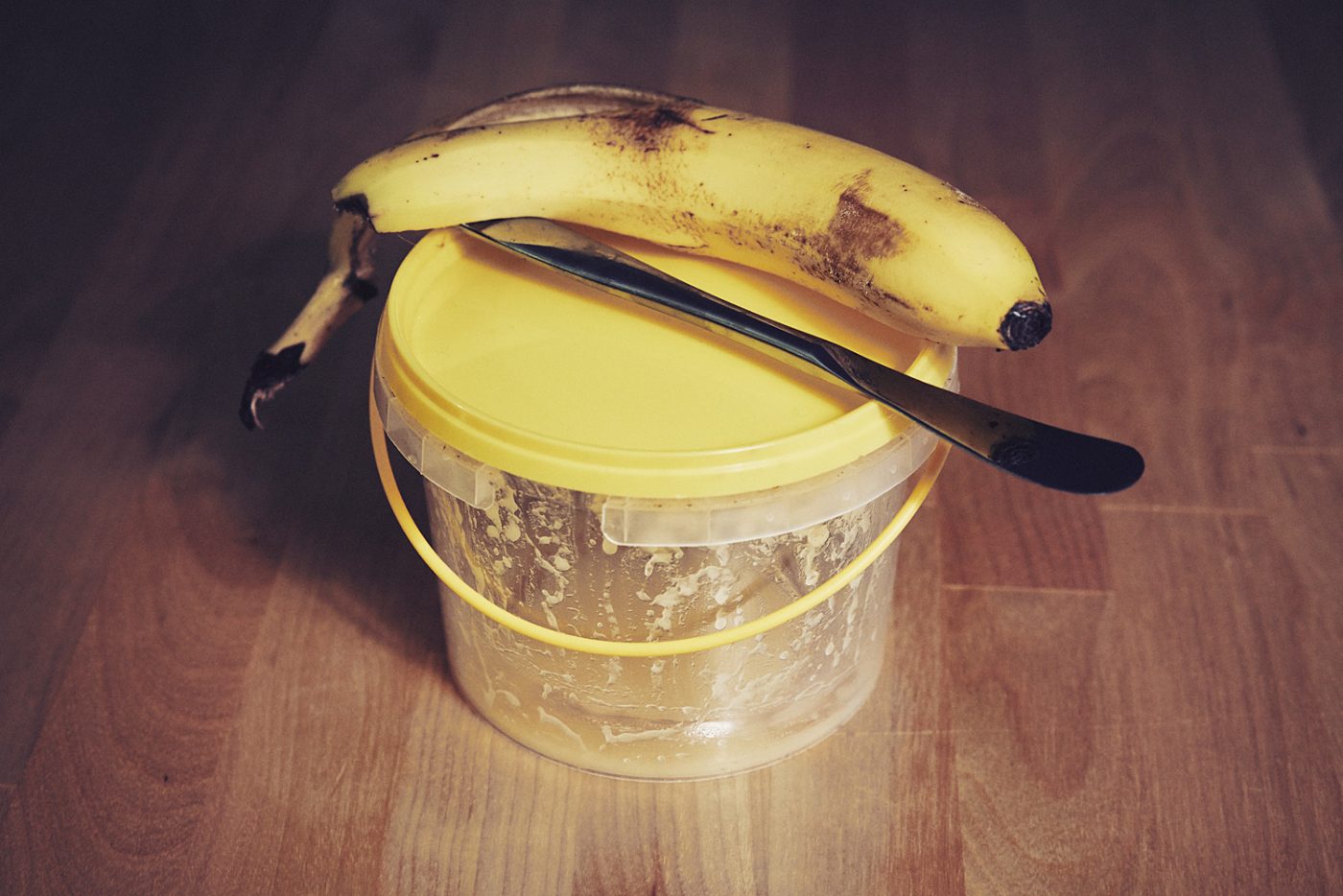Workflow and Time Management: Part 1, Capture One
I have no idea how many parts there will be about workflow and time management. Just thinking about all the different elements that I will need to manage when on the road gets my heart rate up. Imagine I’m travelling from place to place for two months, taking stills and video most days. That’s a lot of material! It needs to be filed, backed up, good stuff selected, processed, retouched / edited, uploaded, posted to various platforms, archived… A system needs to be in place that will make the whole process go so smoothly that I’ll even enjoy the work. And don’t even get me started on the upload speeds to the cloud when on the road. If I’m not careful, I’ll be carrying the material nervously around with me, backed up left, right and centre.
Anyway, that’s enough panicking for now. I’m going to tell you the main software I’ve decided to use for managing all those still files, Phase One’s Capture One (C1). As with cameras, there is no one tool for every job and some people will prefer to use other tools for the job they have to do. That is how it should be. It could be argued that we are creatures of habit and that is why I am staying with C1, which is fair enough. All I can say is that, when shooting tethered in the studio for days at a time, it works exactly how I want it to and allows me to concentrate on other stuff; and, when processing the raw files, you’d have to argue to an absurd pixel-peeping level to convince me that there is a better image processor out there. I have tried others and, yes, Adobe Lightroom does a great job at processing, and at file management. File management is an area that C1 has developed a lot in recent years and it is now implemented to such a level that it is excellent for long term archiving purposes. ‘Catalog’ in C1 does exactly what the name says, it allows you to catalogue your images properly for the longterm.
I think the easiest thing to do now is to show the workflow I intend to have for stills shooting when away in South America. I won’t go into step-by-step details of what buttons to press when. Apart from a very active forum and support network, Capture One has an excellent collection of tutorials on their site that will get you a long way down the road to understanding. Something that I have grown to appreciate is that the learning never ends and the learning curve keeps getting steeper and steeper as apps become evermore powerful and user friendly. I used to be just a photographer. Now I process, retouch, print and sometimes publish all my own work, to a professional standard, all from the comfort of one office chair. Progress never ceases to amaze, though it’d be nice if I could get away from the chair a little bit more. So, without further ado, here goes…
1. Shoot to card, good to start with the obvious.
2. Upload files to a hard drive (and a backup drive) in a Capture One Session. That sentence is easy to say but this is the bit where the organisation starts. Rather than upload all the images to the Catalog straight away, I’m going to treat each collection of images (maybe one day’s worth, maybe two, maybe more…) as an individual project. Sessions are what I’m used to using in the studio and I understand the folder structure it has built into it. And since there will be a lot of material that will not be good enough to keep, I don’t want to bring it into the Catalog until it’s been edited down, a lot. Once I have moved the selected images to the Catalog, I can then either delete the Session and start a new Session all over again, or keep going with the same Session and add a new folder, just like I would for starting any of my jobs, some which last a day, others for a week or two. Here’s a look of how I think the workflow will be:
- be sure to import to to the location where you want to store your files. This is possibly the most important part for longterm peace of mind. For a project of this size and timescale, I will select to store files on an external drive (plus the backup drive!).
- backup to a second drive on import.
- Copyright and file naming can be done at the import stage. If the camera has a limited file naming protocol, make sure to choose a naming system that will never repeat (YY-MM-DD is often a good place to start). Check out some of the presets that C1 has and see if some of them will work for you. The presets I have chosen names the files by the ‘Image date’ and by a ‘Counter’. Those images are then automatically filed into in their own dated folder within the Session’s Capture folder. The file structure would look a bit like this – Session/Capture/YY-MM-DD/YY-MM-DD-0001.
I then start the editing process. The first stage is to Color Tag the images. I set up four ‘Smart Albums’ using another of C1’s collection of presets, where ‘None’ is for all the as-yet-untagged images, ‘Green’ is for the ‘Good to go’ images, ‘Yellow’ is for the ‘Maybe’ images, and ‘Red’ is for the ‘Rejects’. As I tag an image, using the keyboard shortcuts, it disappears from the ‘None’ smart album to its relevant colour smart album. When the ‘None’ album is empty, then I know I’ve been through them all. I’ll go back through the Reds and the Yellows, just to be sure. Throughout the process, I’ll be checking with the ‘Focus’ tool that all is well. I’ll then go through the images in the ‘Green’ and ‘Yellow’ albums and give them ‘Star’ ratings. In the ‘Yellows’, I’ll stay within the 1-3 stars. In the ‘Greens’, I’ll use 3-5 stars. This then gives me a nicely balanced indication of how I rate my selections.
I then move all the ‘Greens’ and ‘Yellows’ to the ‘Selects’ folder and it is only now that I begin to add the ‘Keywords’, beginning with the more general ones, in this case like ‘South America’ or ‘Argentina’, then head to more specific words, like ‘Portrait’ etc. Once this is done, I’m ready to upload the images into the Catalog. Again, I use a C1 preset to automate the process, so that the images end up in their relevant dated folders, in a color tagged folder, in a star rated folder. The file structure looks something like this – Catalog/YY-MM-DD/Color Tag/Star Rating/YY-MM-DD-0001. If you’re wondering how you can view the images at the same time if they’re all in separate folders, don’t worry. The Filters for the Keywords, Colour Tags, and Ratings are all clearly listed and selectable in the Catalog. As long as your use of Keywords, Ratings, and Tags are done well, then you can make your filtering as loose or as specific as you want. The system seems to be working great for me. I would even go so far as to describe it as a working system!
When I upload to the Catalog, I also upload to a second drive, so that I have a backup of the images, using the same file structure. Since I am going to be on the road for two months, I’m hoping that when I’m passing through some of the major cities for a few days, I’ll be able to upload material to the cloud. There is no way I want to carry all my material with me for the whole two months. Not only will my nerves not take it but I’m not sure I have the storage space. There will be a few select images I will keep with me but the majority will be uploaded to the cloud and downloaded to my archiving system by a colleague back in Helsinki. Upload speeds in South America are likely to be quite slow and occasionally unstable, so it makes sense to upload a collection of folders that average about 2Gb. If there’s a glitch, I can quickly see where it has occurred and not have to start the whole process from the beginning. This is also one of the reasons why I have chosen to have quite a few folder divisions for my images. It allows for the folder size to be kept at a manageable level for uploading to the cloud. I haven’t made it to a location where I’ve been able to try out if it’ll work but I will keep you posted.
I hope all that made enough sense. Even though I’ve used Capture One for many years, it has mainly been in a studio environment and I have had no need to make use of the media management elements within the software. The South America project is hopefully the first of many where I do. There will be a vast collection of images. If I do not manage those images correctly from the beginning, I will soon be swamped and I will be unlikely to ever find the time to fix the situation. I found these two bits of information from Capture One to be very useful. One’s an article and video by David Grover of Capture One laying out the options for tagging and rating. The other was a webinar, I think also by David, laying out the benefits of when to use Sessions and Catalogues.
Happy shootings!
Comments are closed.


